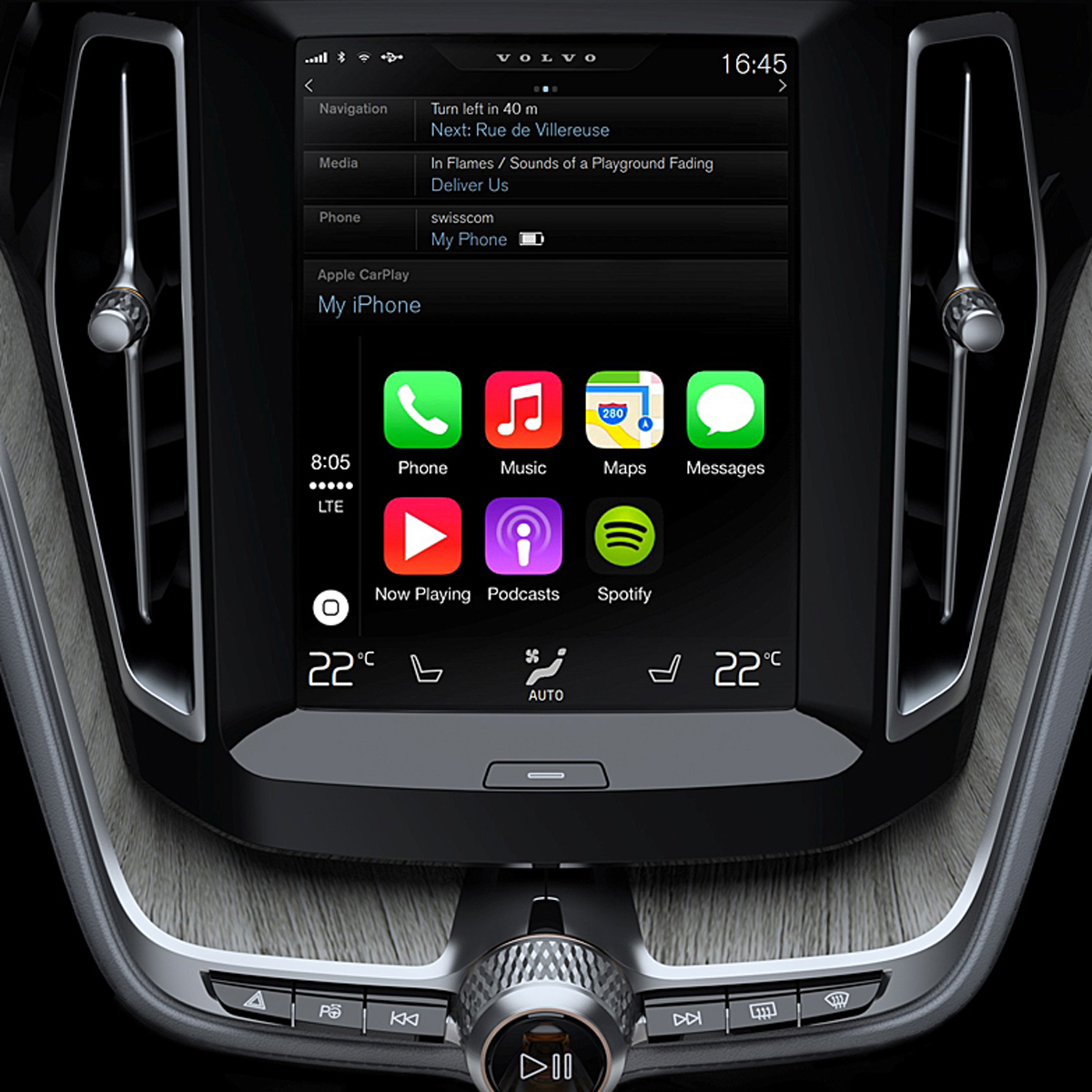


Provided that you set its preferences to assign the radio to Windows, all you have to do is run the ELAD FDM-SW2 application from the Dock, and Parallels automatically starts up, loads Windows 8.1, and then launches the ELAD app. Parallels is cunningly designed to shelter us from having much to do with Windows. And with my quad-core i7, the virtual PC runs very briskly. One huge advantage of running Windows under virtualisation is that when it has to restart after installing its incessant updates, you can leave that to Parallels to handle whilst you carry on using your Mac. I also set a Windows 8.1 laptop up for test purposes, and the OS X / Parallels option is actually far superior to many Windows 8.1 systems I have been unable to find any shortcomings or compromises that come with virtualisation under OS X Yosemite. Installation completed quickly, and according to the manual. The front panel is clean, with power and USB activity lights.Īt the rear, the socket which looks like an ancient DB-9 serial port is manufacturer-specific which would be useful to someone integrating it into a multi-receiver or transceiver system.

The standard presentation includes necessary cabling (including a USB splitter cable), a couple of antenna port adaptors, a soft bag in which you can move the radio, and an 8 GB USB ‘thumb drive’ containing the software and manuals. The FDM-S2 is small, and powers through its USB interface. So I bought Parallels and paid my Microsoft tax for a copy of Windows 8.1, which I duly installed on my iMac 27″ mid 2011 (iMac12,2), with a quad-core i7 running at 3.4 GHz, and 16 GB of memory. Reports were, though, that they worked fine under virtualisation, such as Parallels Desktop. Reviewing the hardware possibilities, the ELAD FDM-S2 stood out in terms of value for money being a USB system, though, it relied on drivers, which were only available for Windows. However I also wanted VHF coverage, and was unable to find a reasonably priced SDR which worked over Ethernet. My preference was for a device which interfaced via Ethernet, which would make a driver unnecessary, and would ease the issue of OS X support. I then looked for a high-quality SDR which was well-supported by Mac software. My interest awakened by a cheap RTL-SDR ‘dongle’, I thought it was time to try out a more serious software-defined radio (SDR) receiver with my iMac.


 0 kommentar(er)
0 kommentar(er)
